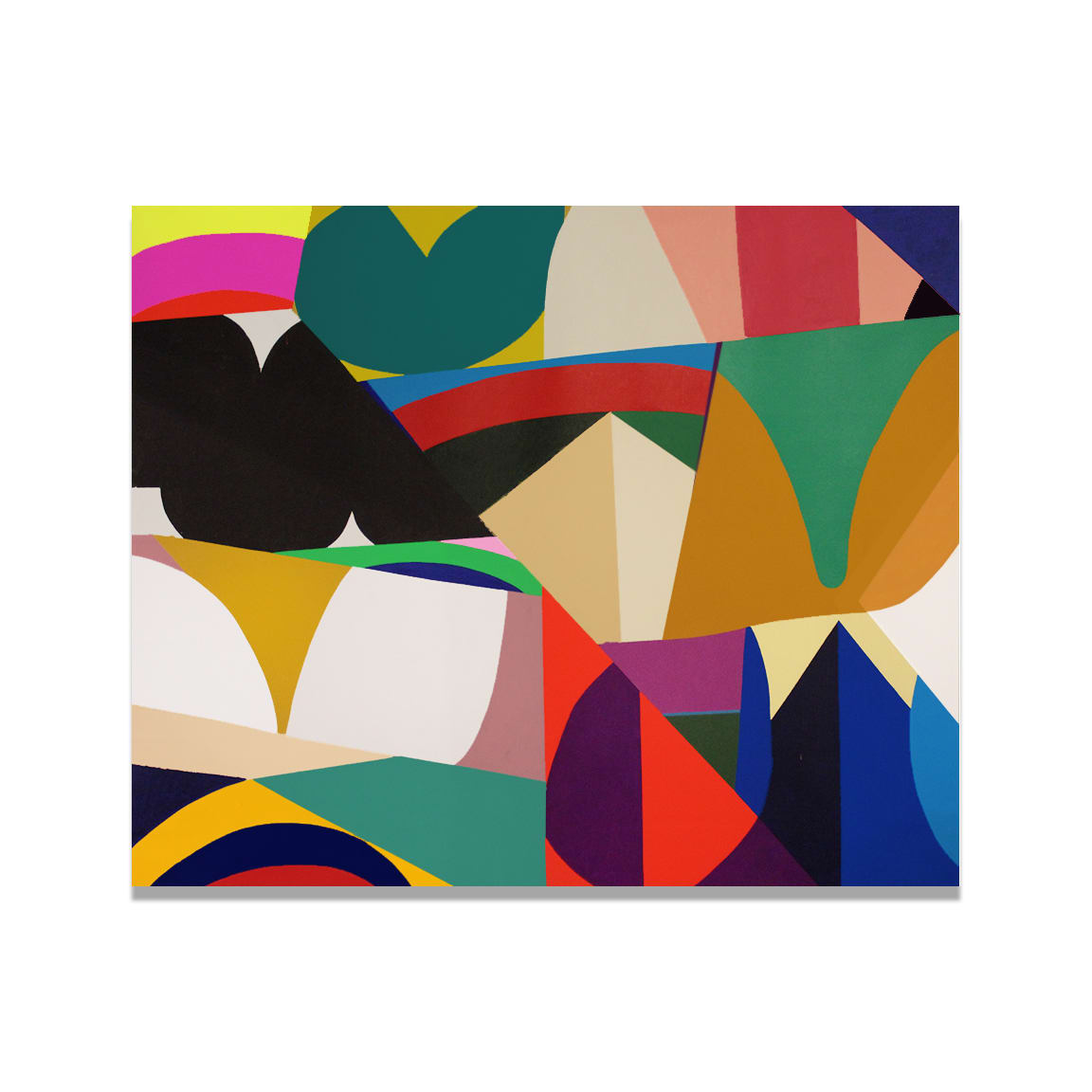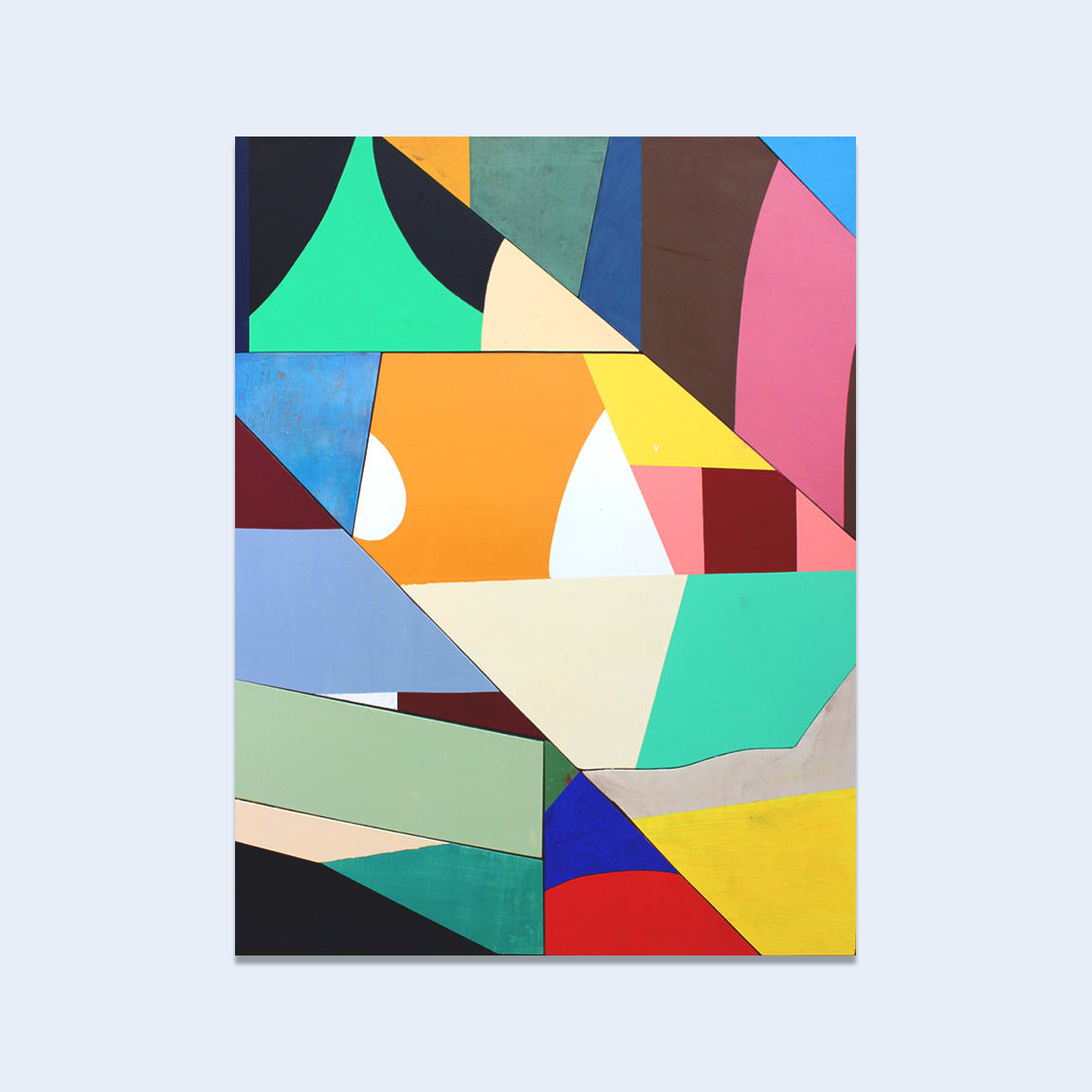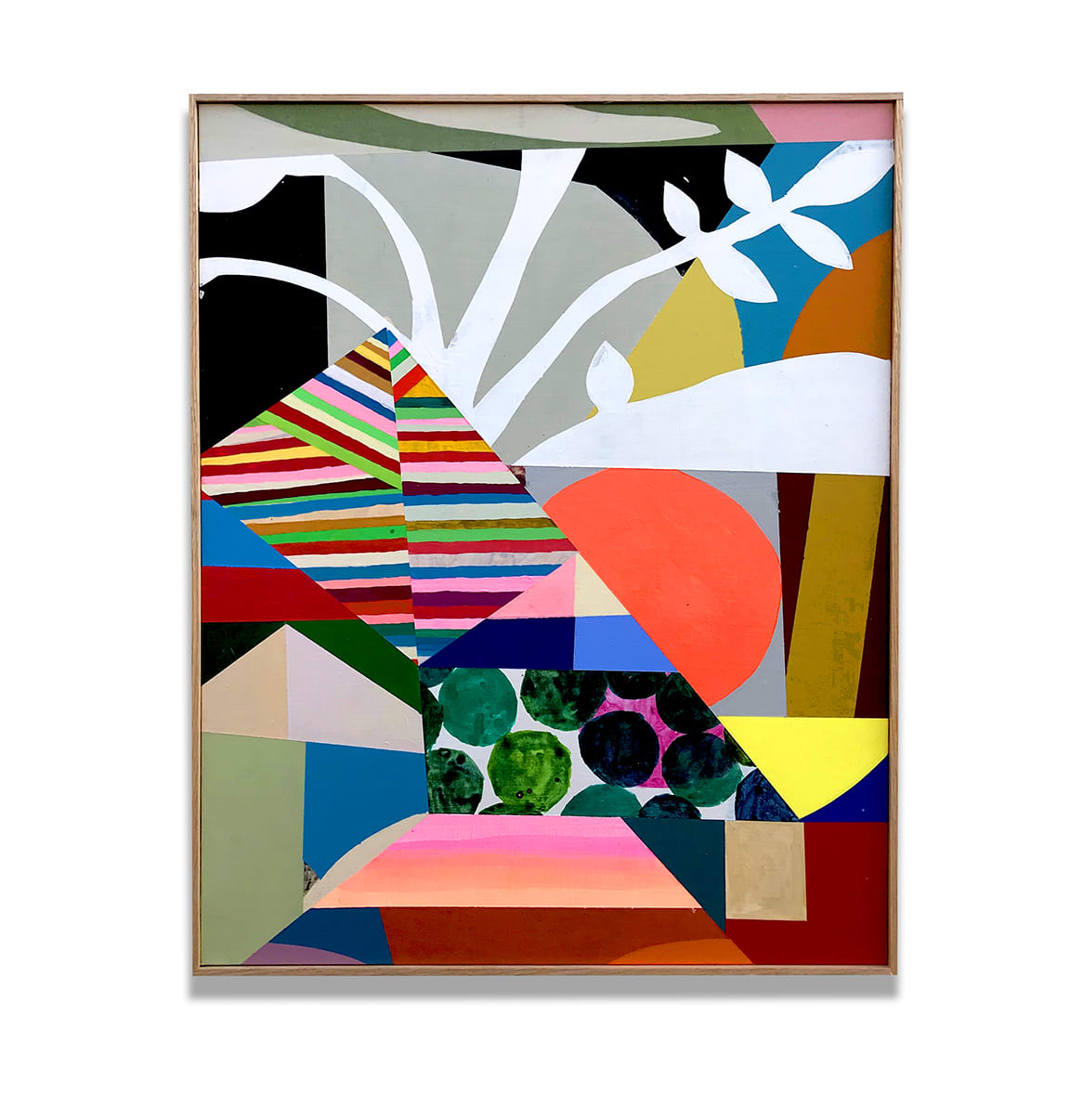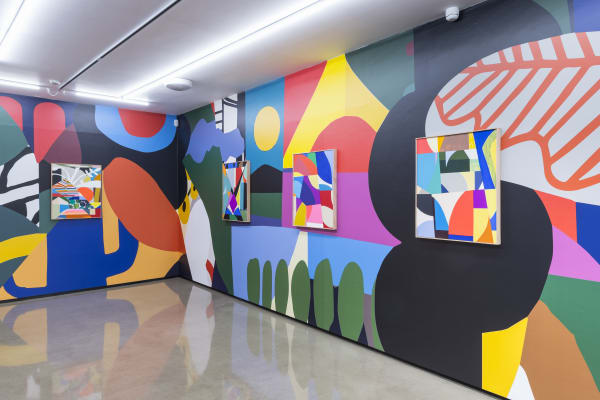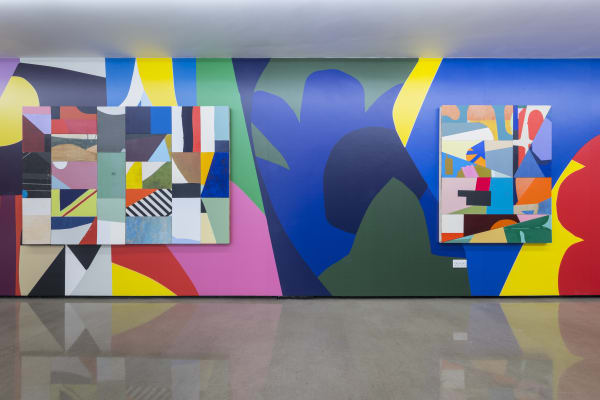WILLIAM LACHANCE: (AFTER) EDGE CITY
(After) Edge City refers to a concentration of loosely associated shopping, commercial, and other (un)related businesses that displace a previously suburban area, located apart from downtown* and also more ubiquitous in their appearance than the traditional downtown. Culturally, the Edge City represents an inevitable and displaced sense of international growth in urban centres, pushing residential inhabitants outward and creating somewhat illogical mega centres located near highways and areas of high infrastructure. Theoretically, the Edge City suggests various heightened or poorly idealised predictions of Le Corbusier’s view of Modernity, for instance. A type of failed dream or fantasy tempered by the dregs of reality. When we recall the idealistic view of Modernity, from Le Corbusier’s art and architecture to Calders mobiles or Picasso and Bracques’ Cubist Visions recreated in paint and collage, we think of a sort of utopianism. Ideologically, these modular and modernist ideologies suggest a utopian world view. As the ’80s and ’90s arose, grunge replaced this sense of fantastic utopianism and the Edge City and its gritty realism gave way to something much less glamorous than what was imagined, offering instead a gridlock of cities and commercial centres typified by their absolute lack of ideology, lack of colour, lack of glee or formalism. It is, in short, where pragmatism and commercialism triumphing over idealism.
Nearly half a century later, the ideology of a Modernist utopia seems stylised, even nostalgic, a recollection of images and a pastiche of often amusing visions of a ‘future perfect’. So it seems wondrously nostalgic, even slightly and satirically retro, that William LaChance who is a Professor of Studio Art & Art History is commenting, quite wryly, on this nostalgic look at a utopia, a utopia as imagined by those Modernist forbearers before us. Here LaChance has chosen to adorn the walls with his trademark, deconstructed formalism. For LaChance, utopia is deconstructed into parts: a glimmer of light off a car-hood, some text from a road sign, a planar slice of blue perhaps suggesting the horizon. The pictures in this exhibition are associations of displaced forms and colours cribbed from graphic design, fashion, art history and nature itself cobbled together using a variety of methods and materials from painting and printmaking to assemblage and sewing. It is a sort of celebration and embrasure of modernist idealism, where the paintings themselves have shifting hierarchies of similar concerns: of material exploration, abstract identity, formal space and narrative expression. But they suggest a type of longing, albeit acknowledged, for that imagined never realised past. It is more ‘Judy Jetson’ than ‘Total Recall’, with its flattened, pop sensibility and candy colours a sort of acknowledgement of the ‘retro’, or a time when we were allowed even encouraged to dream about the future as a glistening hopeful assemblage of light, shape, and colour.
*The term was coined in the ’90s by Washington Post reporter Joel Garreau, who argued that the ‘Edge City’ was rapidly becoming the foundation of urban growth in the 20th and 21st centuries.
WILLIAM LACHANCE
William Lachance is best known for his brightly coloured figurative and abstract work. His figurative paintings explore the enveloping space behind and around isolated figures; to look beyond what is depicted and to create a unique narrative. Lachance’s abstract paintings however, flirt with the ideas that take place on the surface. The narratives still appear, however, they weave their way through abstract forms on the way to somewhere right in front of the viewer. Usually taking the form of acrylic on large scale wooden board, LaChance’s bold shapes, vivid colours and abstract modernist compositions take inspiration from vintage graphic design and illustration.
WILLIAM LACHANCE (b. 1971, St Louis, Missouri) lives and works in St. Louis, Missouri, USA. He graduated with a BFA from The Kansas City Art Institute and MFA from Indiana University. Solo exhibitions include: Art Athina, Athens, Greece (2017), Rod Bianco Gallery, Oslo, Norway (2017), Direktorenhaus, Berlin, Germany, (2017), Junior Space, Melbourne, Australia (2017). Group exhibitions include: Housa Gallery, Two Person Exhibition (2014), SIBA Gallery, New Abstract Works (2014), Observing The Observer with Anne Rowe, SIBA Gallery, (2013). LaChance first showed with BEERS London in the group show 75 Works on Paper in 2017, and will have his first solo show with the gallery in April 2018.


